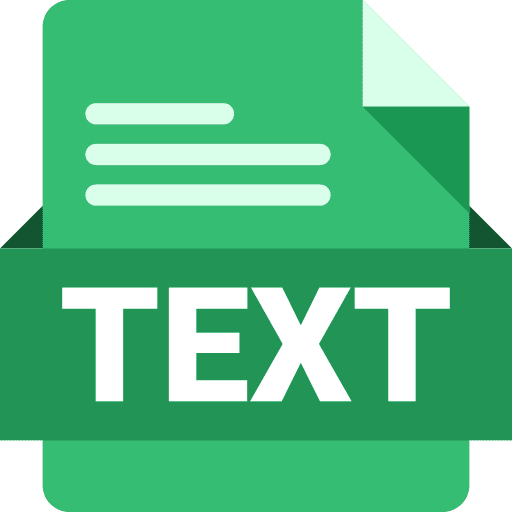Summary of Using Llms to Discover Legal Factors, by Morgan Gray and Jaromir Savelka and Wesley Oliver and Kevin Ashley
Using LLMs to Discover Legal Factors
by Morgan Gray, Jaromir Savelka, Wesley Oliver, Kevin Ashley
First submitted to arxiv on: 10 Oct 2024
Categories
- Main: Computation and Language (cs.CL)
- Secondary: Artificial Intelligence (cs.AI)
GrooveSquid.com Paper Summaries
GrooveSquid.com’s goal is to make artificial intelligence research accessible by summarizing AI papers in simpler terms. Each summary below covers the same AI paper, written at different levels of difficulty. The medium difficulty and low difficulty versions are original summaries written by GrooveSquid.com, while the high difficulty version is the paper’s original abstract. Feel free to learn from the version that suits you best!
| Summary difficulty | Written by | Summary |
|---|---|---|
| High | Paper authors | High Difficulty Summary Read the original abstract here |
| Medium | GrooveSquid.com (original content) | Medium Difficulty Summary The proposed methodology leverages large language models (LLMs) to discover lists of factors representing legal domains. By taking raw court opinions as input, the method generates a set of factors and associated definitions. The semi-automated approach demonstrates moderate success in predicting case outcomes, rivaling expert-defined factors with minimal human involvement. |
| Low | GrooveSquid.com (original content) | Low Difficulty Summary This paper helps us better understand laws by using big language models to find important details about legal cases. It takes raw court opinions and creates a list of key factors that can be used for analysis. This way, lawyers, judges, and AI experts can work together more effectively. The method works pretty well at predicting the outcomes of cases without needing too much human input. |




